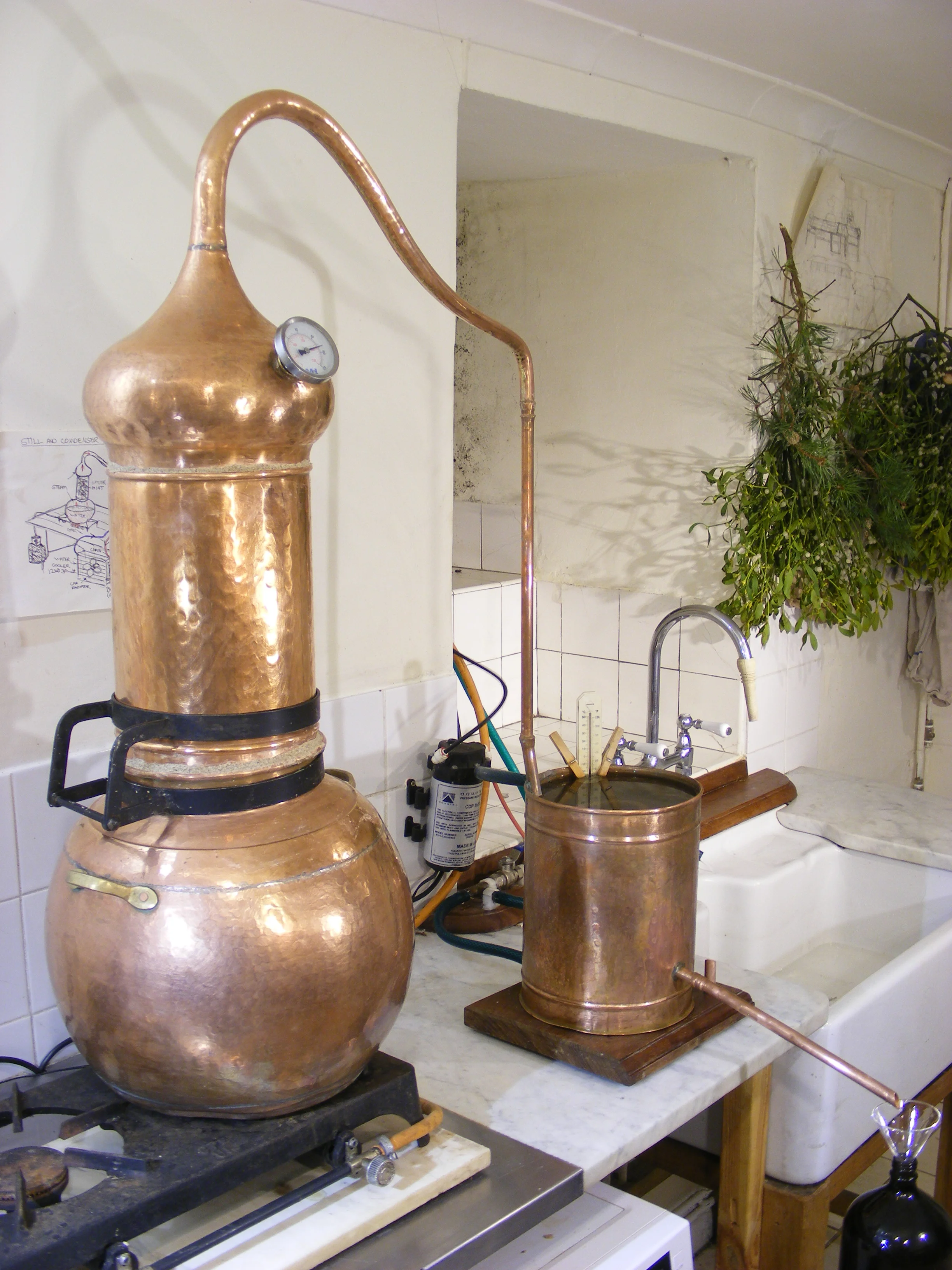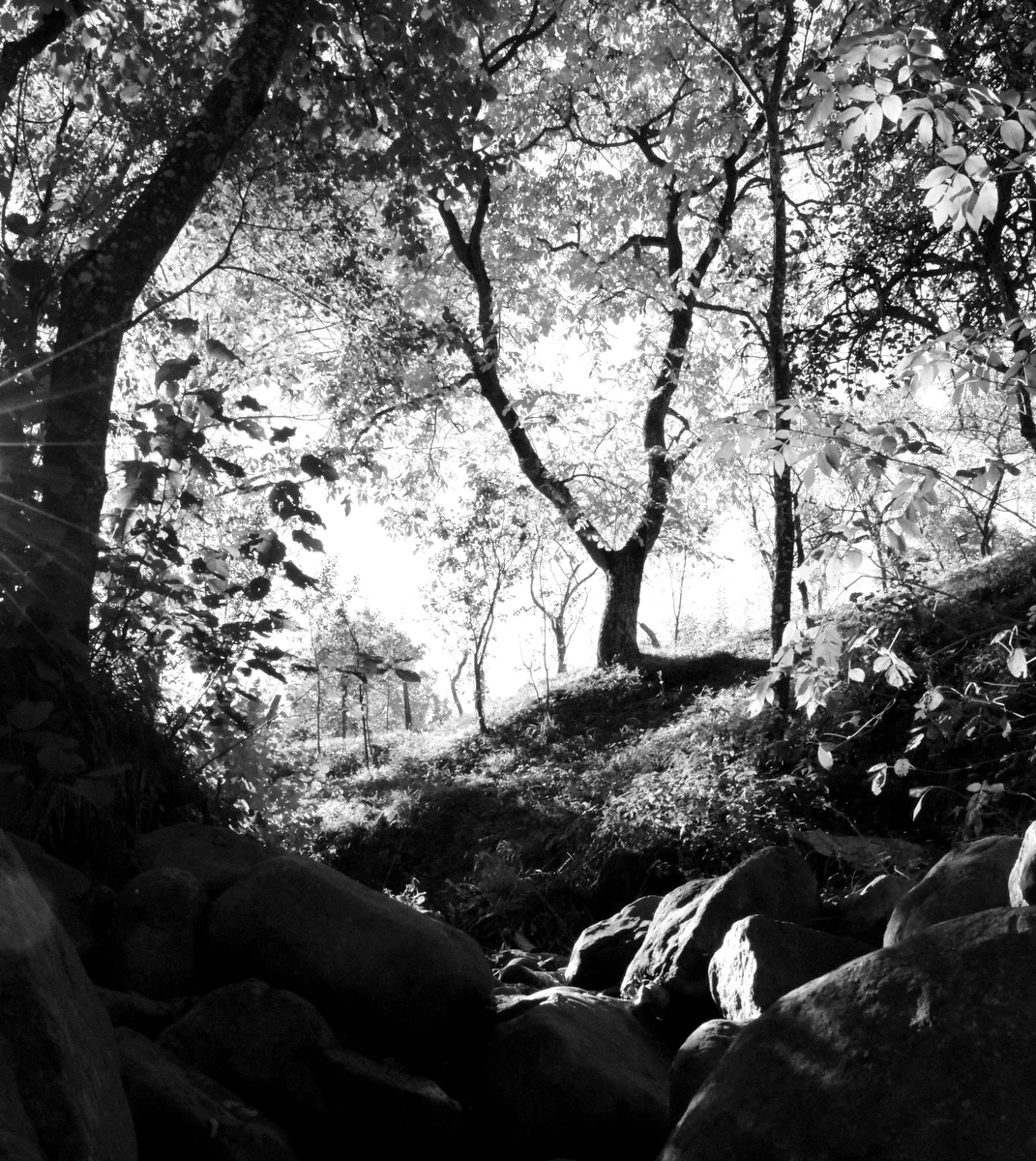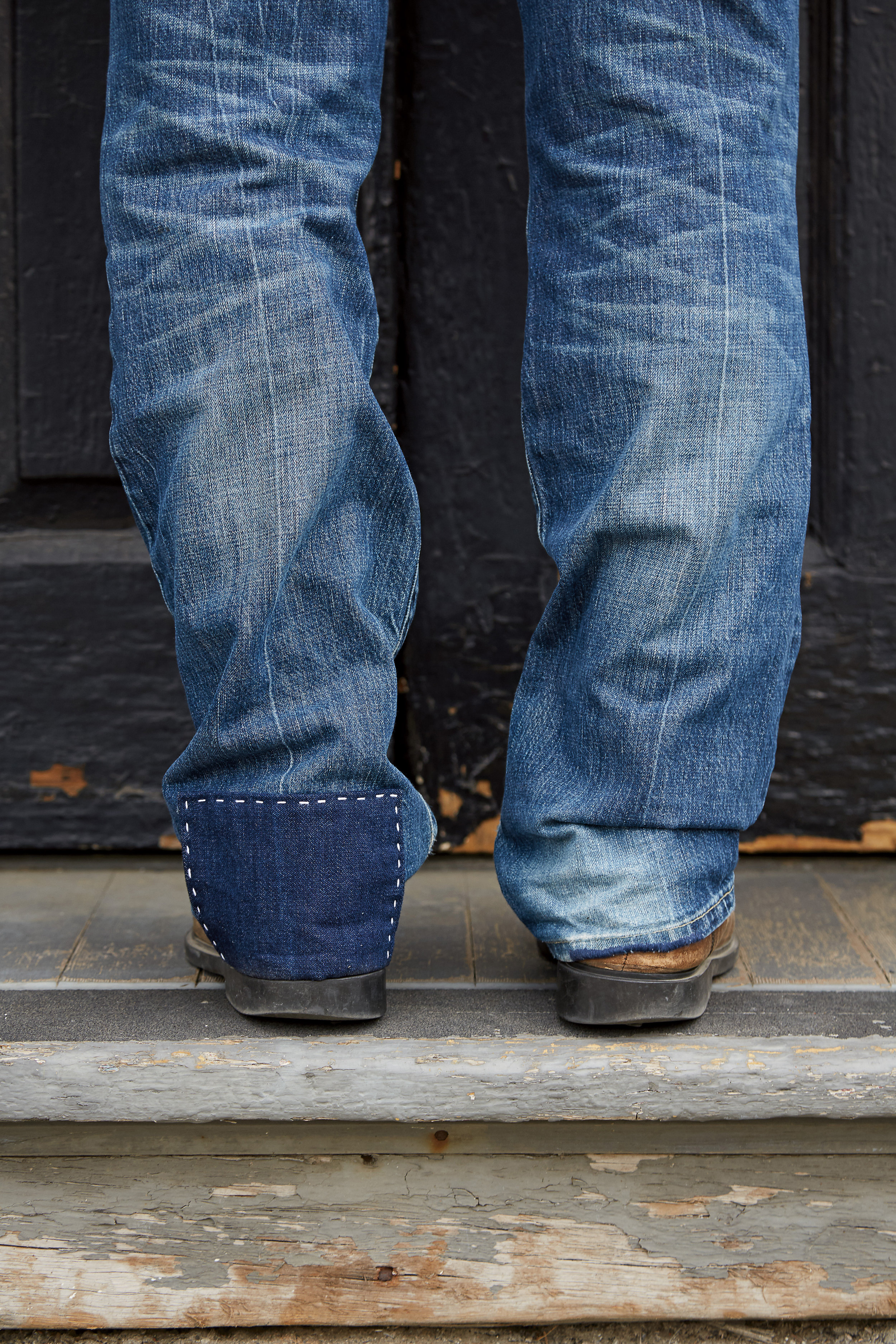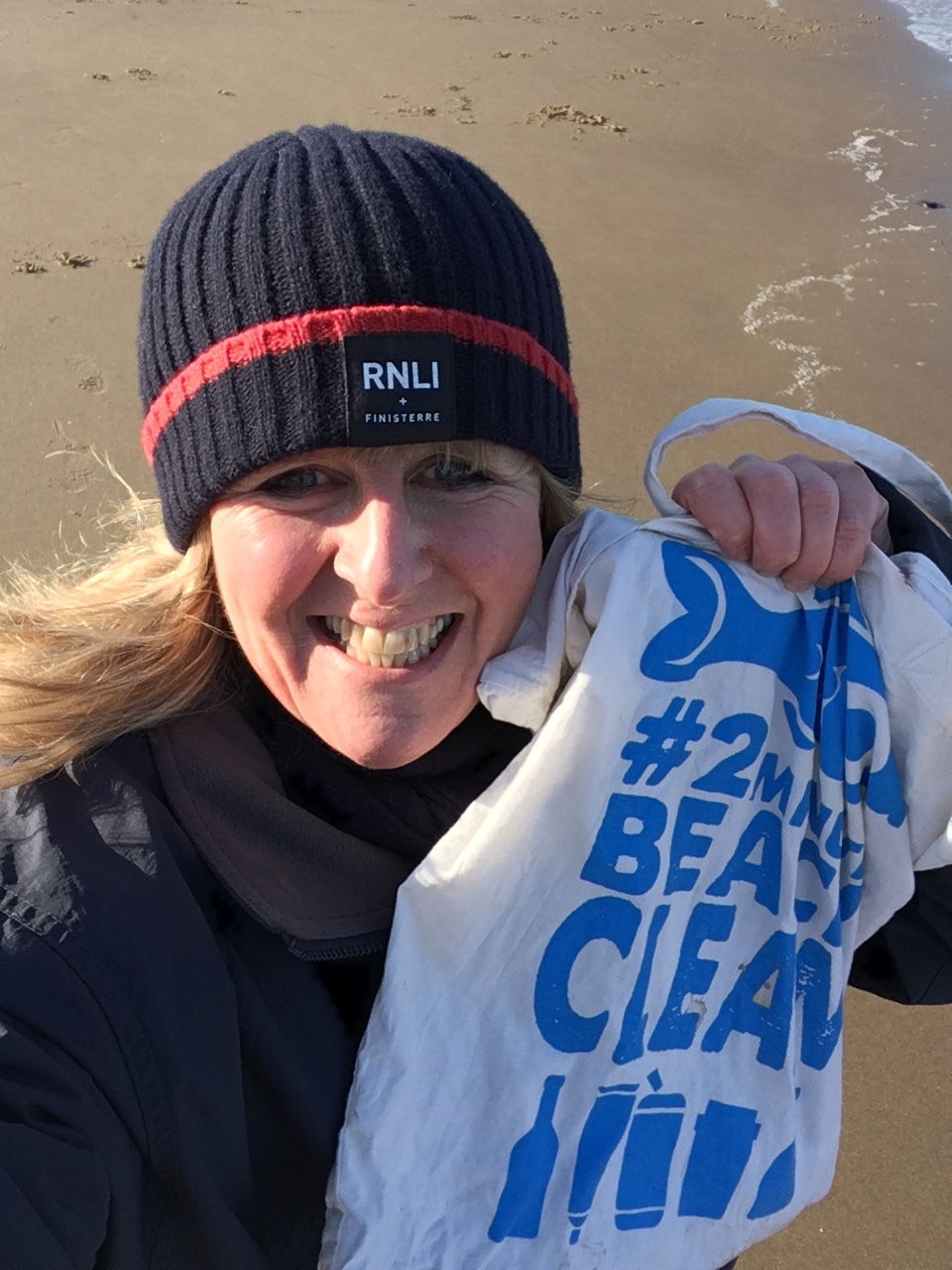‘Gatherers’ is a handmade photographic and recipe book which celebrates and shares the stories of the modern hunter-gatherer. Photographed in Cornwall, it captures different subjects throughout the diverse ecosystems the county has to offer, using a combination of film photography, typewritten and handwritten text.
As a result of the fast growth of our society around material growth, we can too easily become detached from our connection to the resources we consume in our day by day. Even while living in the big city and being distracted by the hectic pace of the metropolis, this book leads us back to those playful moments of outdoor exploration and connection with nature we lived throughout our childhood.
In addition to re-connecting us with the natural world by engaging with the gatherers, it also emphasises the importance of sustainability and challenges what it means to be sustainable. For the gatherers in the book, to be sustainable is to be aware of how the natural resources we use have been extracted and where they come from. For most of us, this knowledge is limited by what we are told on a label, even in local produce. Instead, the gatherers in the book show how the concept of sustainability goes beyond a piece of paper, by making an effort to knowingly search and forage these resources for themselves. Always being conscious of how much and how to extract them without breaking the fragile balance of their local environment.


























































